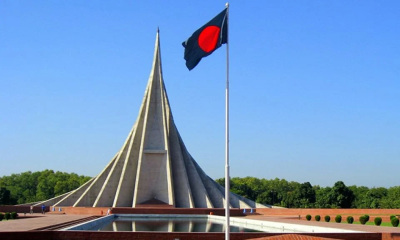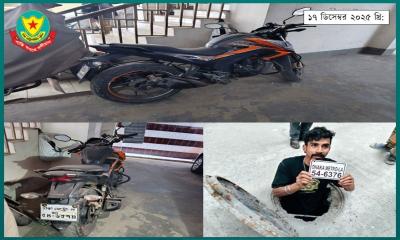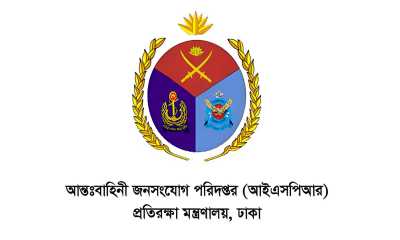Handing over the newly built houses to flood victims, Chief Adviser Professor Muhammad Yunus on Wednesday said the joint efforts have set an example of working together "honestly and perfectly" to deal with any disaster effectively.
"This is a small project on construction of three hundred houses, but the example we have set of working together properly and honestly through this will motivate us," he said thanking the Bangladesh Army and others involved for completing the project on time and maintaining quality, reports UNB.
Joining virtually from the Chief Adviser`s Office, Prof Yunus handed over the houses (keys) to the flood victims of August-September last year.
Disaster Management and Relief Adviser Faruk E Azam, Bir Protik, Army Chief General Waker-Uz-Zaman, Principal Secretary Md Siraz Uddin Miah also spoke, among others, at the function at the CAO.
Four beneficiaries from Feni, Noakhali, Chattogram and Cumilla districts joined the ceremony virtually and expressed their satisfaction at the ceremony moderated by Md Monirul Islam Patwary, Director of Ashrayan-2 Project.
An initial allocation of Tk 50 crore had been allocated from the Chief Adviser`s Relief Fund for the construction of the houses.
Approximately Tk 24, 98, 95000 had been spent on the construction of 300 houses.
"We are pleased that the funds were utilized efficiently. Despite various challenges, the work was completed to a high standard. It`s a wonderful job," Prof Yunus said, noting that the Bangladesh Army has completed the construction of the houses smoothly with great effort and efficiency.
The Chief Adviser congratulated all those who have got houses. "The courage that the people of the country have given you by standing by your side will always be in your mind."
Thanking everyone involved in the implementation of this project, Prof Yunus said, "I sincerely thank everyone who worked tirelessly in this work and provided a place for homeless families to rest, especially the local administration, members of the Armed Forces Division, LGED engineers and the officers of the shelter project."
Hoped that the Bangladesh Army would stand by the country’s people in any future disaster, too.
The aftermath of the devastating flood that hit the country’s southeastern region in August-September last year, he said the people of the four districts were affected in the flood, while many lost their houses.
The Chief Adviser said it was the government’s responsibility to stand by the flood-affected people, and that was why it took on the special housing construction project immediately after the flood.
He said those who lost houses in the flood have now got their resorts where they would be able to live with their family members.
Prof Yunus urged the beneficiaries to ensure education for their children so that they can be good human beings and good entrepreneurs.
On behalf of the Chief Adviser, the deputy commissioners of the four districts handed over the keys of houses among the beneficiaries.
A total of 110 houses were distributed among the beneficiaries in Feni, while 90 houses in Noakhali, 70 houses in Cumilla and 30 houses in Chattogram.
Speaking at the ceremony, the Army Chief said that if such a responsibility is given in the future, the Bangladesh Army will always be ready to fulfill it.
He said that 298 houses have already been constructed under the project. Two houses could not be constructed due to land-related complications. These will be constructed very soon.
Many people were left homeless in the 2024 flood. Initially, the most affected districts were Feni, Noakhali, Cumilla and Chattogram.
Numerous houses were completely and partially damaged. As a result, many people were left homeless.
The beneficiary families are selected taking into account the occupation, income of the head of the affected family, financial inability to build a house, distress, type of damage to the house and local priorities.
The priority list of beneficiaries is prepared through a joint survey by a committee headed by the Deputy Commissioner, consisting of a representative of the Armed Forces Division, a representative of the Ministry of Disaster Management and Relief and one or more other representatives nominated by the Deputy Commissioner.
Two designs are prepared in collaboration with the Local Government Engineering Department and the Armed Forces Division to make the houses disaster-tolerant and sustainable.
Each design has two main rooms, common spaces, toilets, kitchens and balconies.


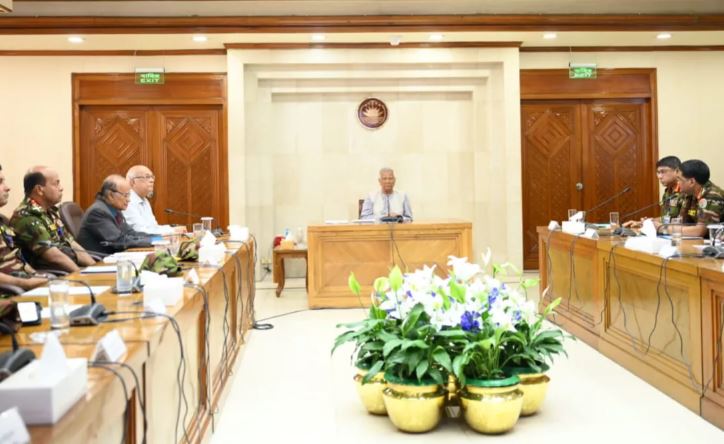

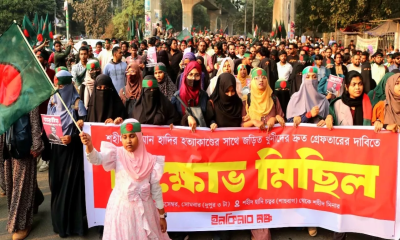
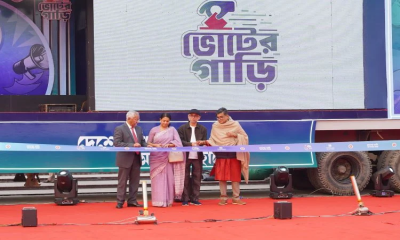

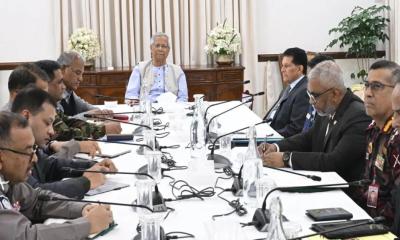
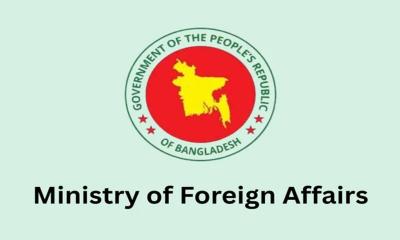
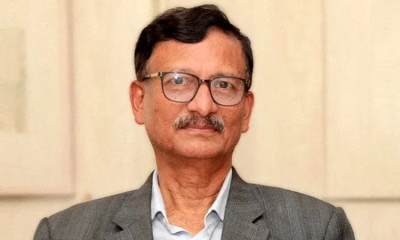
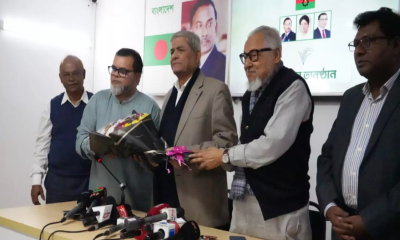




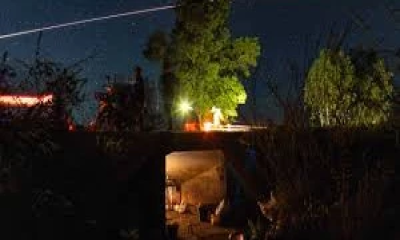


-20251222051606.jpeg)


-20251216090625.jpeg)
-20251218165258.jpeg)

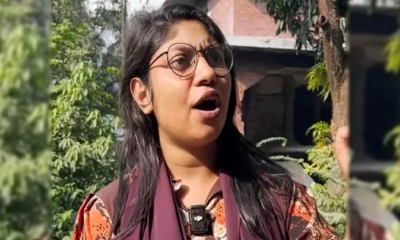



-20251216054240.jpeg)
